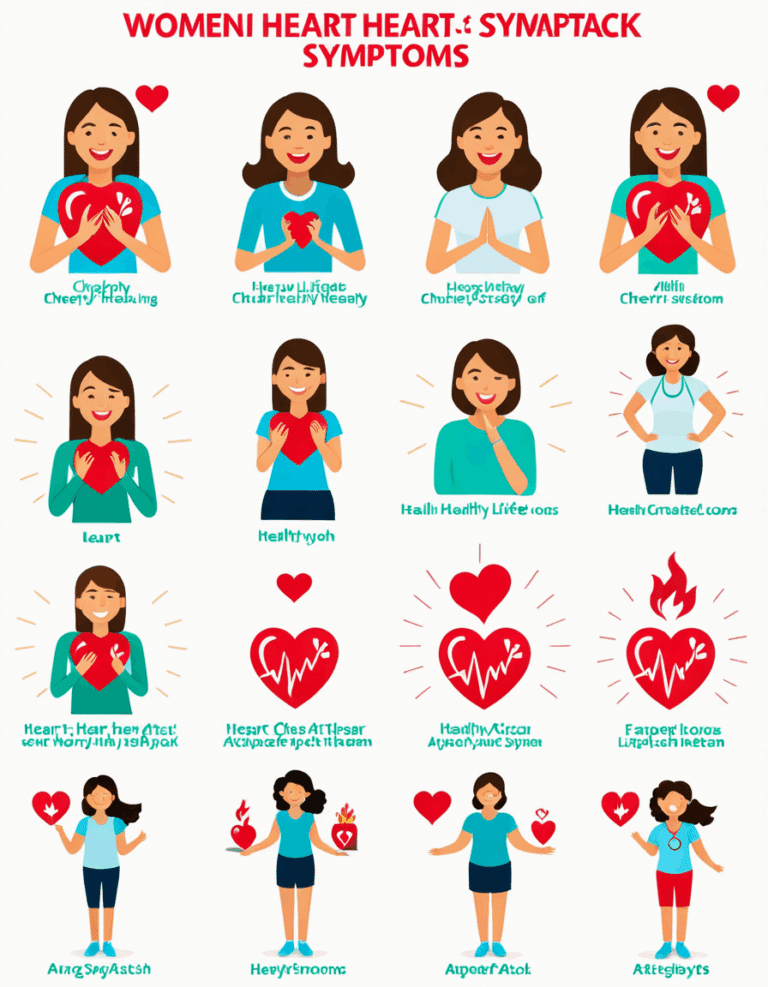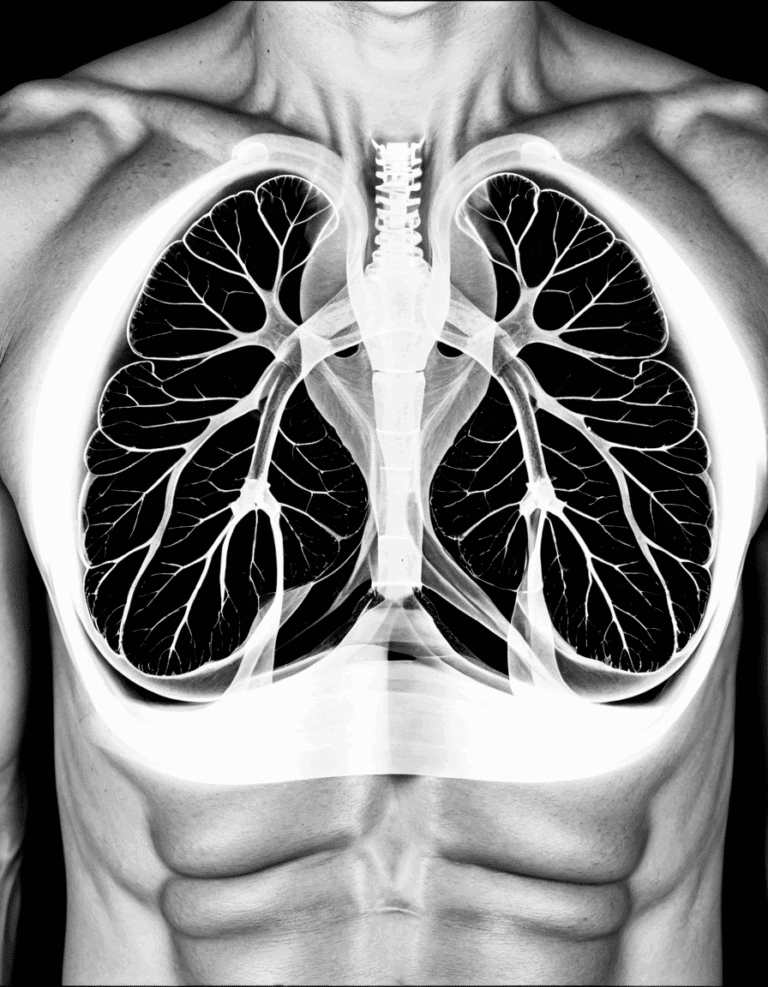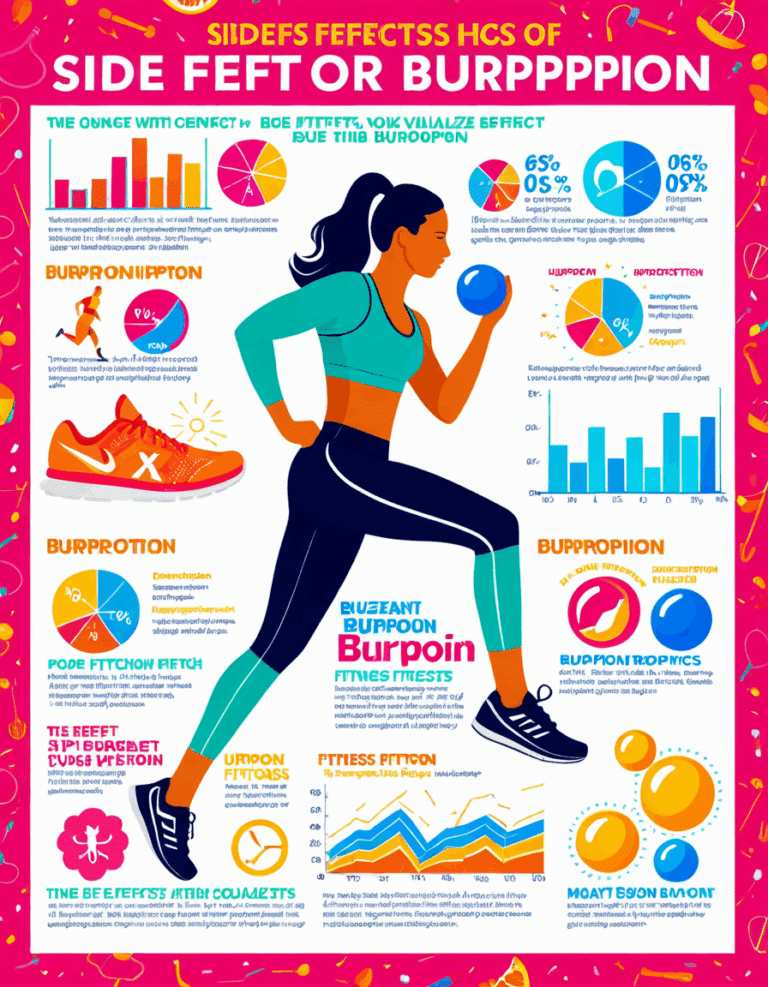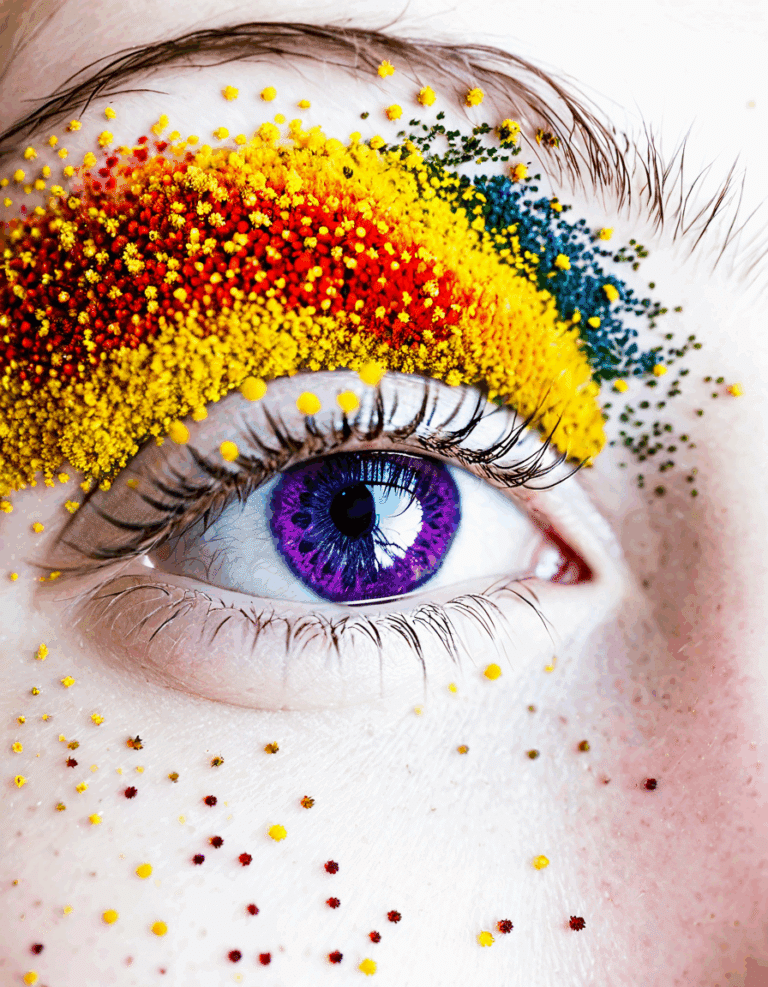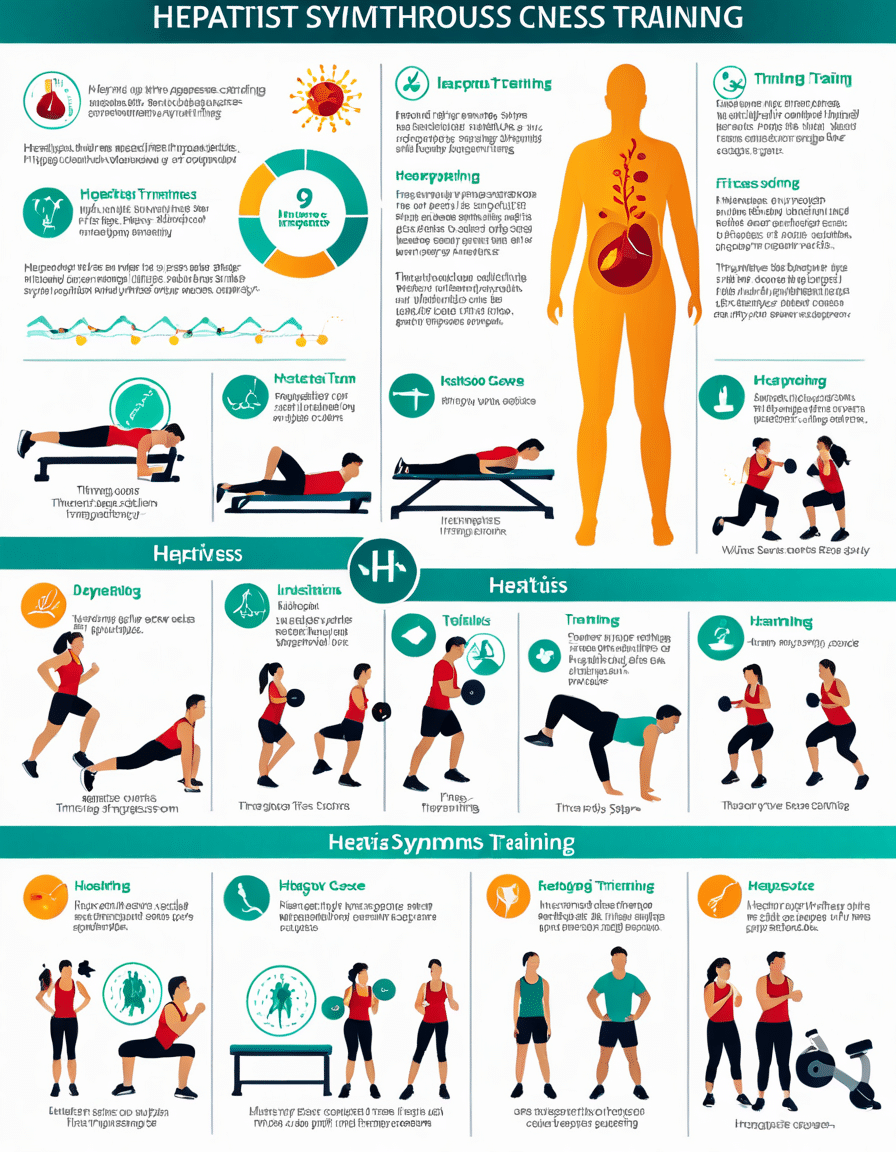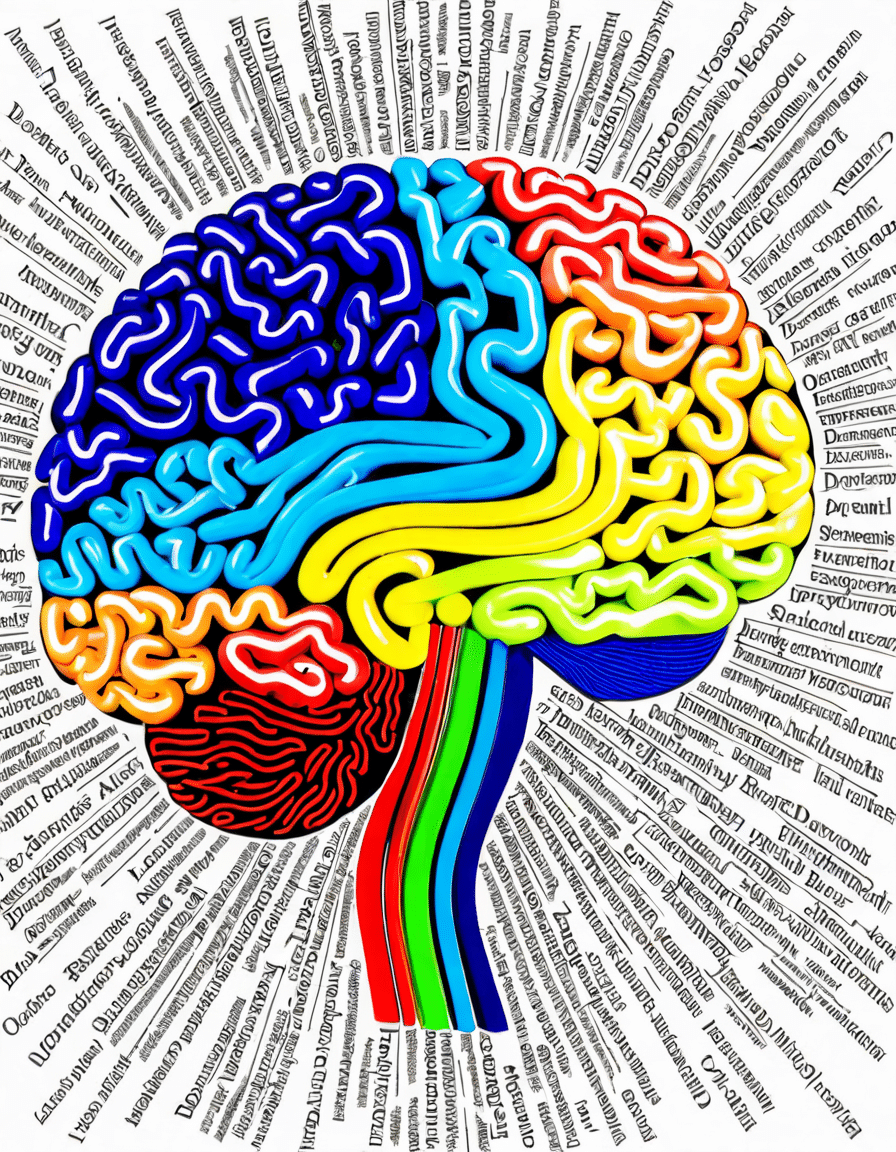Type 1 diabetes symptoms are more than just medical jargon; they could be life-changing indicators that demand immediate attention. This is a chronic condition where the pancreas fails to produce insulin, an essential hormone that takes sugar from the bloodstream and pushes it into the cells for energy. Recognizing these symptoms can mean the difference between a healthy lifestyle and serious complications. Let’s dive in and arm you with the knowledge you need to spot these signs early, so you—or someone you love—can take control of their health journey.

Understanding Type 1 Diabetes Symptoms: The Basics
Being aware of type 1 diabetes symptoms is crucial because they often appear suddenly, particularly in children and young adults. What might seem like a simple headache could be a signal of something way more serious. The pancreas, your body’s little engine for insulin, can go offline, leaving glucose to run wild in your blood. Identifying early symptoms is vital for effective management and will help fight potential complications down the line.
Most people think of diabetes as something that primarily affects older adults. However, type 1 diabetes can strike at any age. Many skip this crucial information and miss the early warning signs, leading to worse outcomes. That’s why awareness is a game-changer—whether you’re a parent, a friend, or an individual at risk, catching these symptoms can set a solid foundation for your health.
Remember, knowledge is power. It not only equips you to understand type 1 diabetes symptoms better but also empowers families and healthcare providers to intervene early. And that’s something worth celebrating!
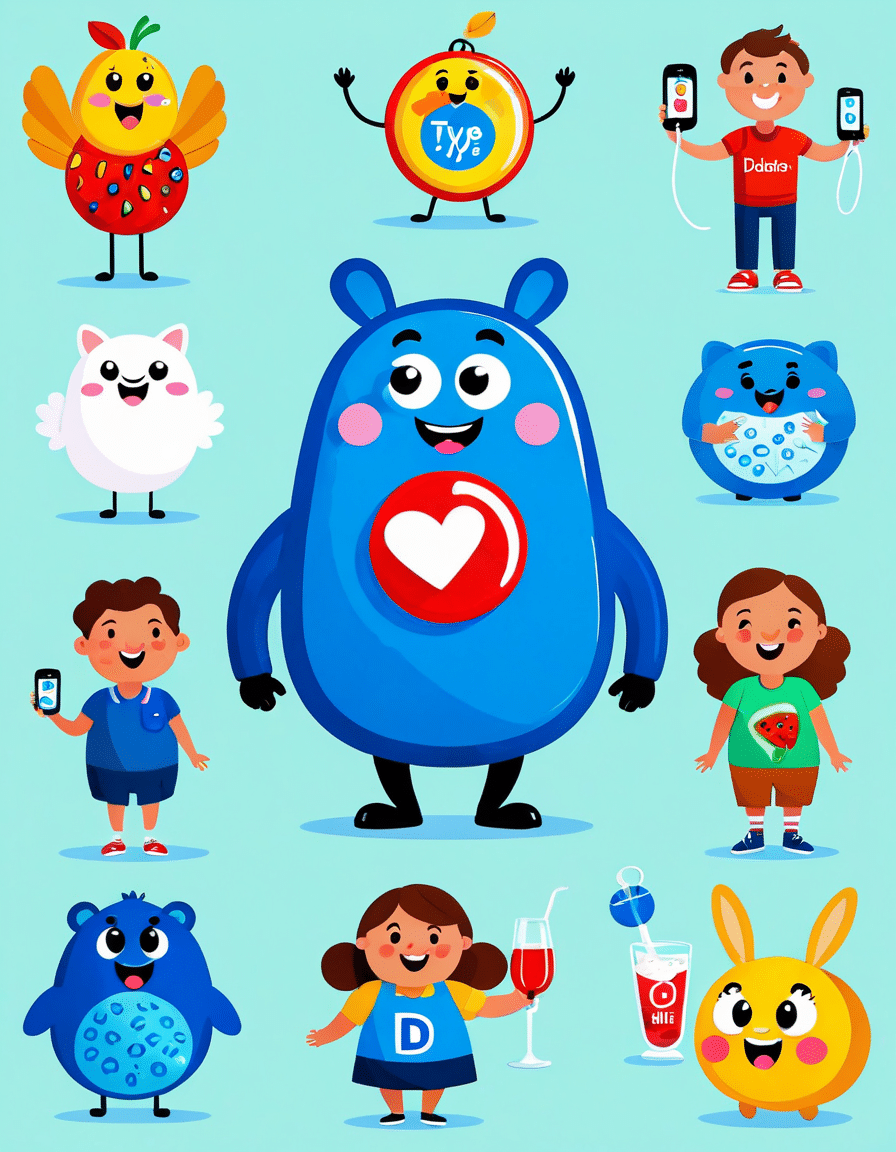
Top 7 Type 1 Diabetes Symptoms You Can’t Ignore
1. Increased Thirst and Frequent Urination
This is the classic combo—extreme thirst (called polydipsia) and lots of bathroom trips (polyuria). When blood sugar spikes, your kidneys go into overdrive, filtering out excess glucose, which can lead to dehydration. The harder they work, the more you need to drink! If you notice that you’re guzzling water like it’s the last bottle left in the desert, take a step back and check your blood sugar.
2. Unexplained Weight Loss
Now here’s where it gets tricky. You might be eating like a champ but still dropping pounds. Why? When your cells can’t absorb glucose due to a lack of insulin, your body says, “Time to start using fat reserves for fuel!” This can be particularly startling for kids already wrestling with body image difficulties.
3. Extreme Fatigue and Weakness
Constant fatigue? That’s a red flag. Fluctuating blood sugar levels can leave you feeling like you just ran a marathon. It’s a vicious cycle that impacts your ability to work, exercise, or even enjoy recreational activities. Think about it—when you’re exhausted, how motivated are you to hit the gym? Recognizing fatigue as a symptom can be a first step toward improving your overall energy levels.
4. Blurred Vision
If your vision’s getting fuzzy, it might not just be because you need glasses. High blood sugar levels can cause fluid shifts in the eye, leading to blurry vision. This is often overlooked, but don’t brush it off. If left unchecked, it could lead to severe complications over time. Vision changes serve as a crucial reminder to keep your blood sugar in check.
5. Slow-Healing Sores and Frequent Infections
Type 1 diabetes can seriously mess with your immune system. If you find that cuts and bruises take their sweet time healing or infections keep popping up, it’s time to pay attention. High glucose levels negatively affect your immune response, turning everyday scrapes into a longer recovery process.
6. Ketoacidosis Signs: Nausea, Vomiting, and Stomach Pain
Now, let’s talk about the not-so-fun stuff. Diabetic ketoacidosis (DKA) is no joke. It can occur when insulin levels are too low, leading to dangerous levels of ketones in the blood. Symptoms like nausea, vomiting, and stomach pain signal that you’re in trouble and need immediate medical attention. This is not just a casual hiccup; it’s a wake-up call.
7. Mood Changes and Irritability
Feeling crummy emotionally? Those blood sugar swings can also have you feeling irritable and moody. If you’re starting to snap at friends or feel down, recognize that it may not just be your environment but something deeper at work. Getting a grip on this can lead to healthier interactions and better emotional well-being.
The Importance of Early Recognition and Management
The early recognition of type 1 diabetes symptoms can dramatically improve your health journey. Research shows that catching diabetes symptoms early leads to better management and fewer complications down the line. We’re not just talking about improved quality of life; we’re talking about avoiding serious issues like cardiovascular disease and kidney failure.
Educational programs can be a gem for empowering individuals and families. Learning about how to recognize these symptoms can transform fear into action. Organizations like JDRF offer invaluable resources that arm families with the tools they need for effective management, including utilizing advanced glucose monitoring technology like Abbott’s FreeStyle Libre.
Health Innovations and Future Directions
As we step into 2026, breakthroughs in technology have taken diabetes management to new heights. Continuous glucose monitors (CGMs) like the Dexcom G6 now deliver real-time insights, allowing users to catch symptoms before they escalate. Excitingly, research is also delving into potential vaccinations that could prevent type 1 diabetes from developing in the first place. Imagine a future where kids don’t have to worry about diabetes!
Embracing a New Perspective on Type 1 Diabetes
Understanding type 1 diabetes symptoms is vital for top-notch management. Knowing what to look for empowers you to take charge of your health like a true champion. With the advent of modern technology and better educational resources, navigating this condition can lead to a rewarding, active life.
Don’t let diabetes define you—use it as a launching pad to take your health seriously. Be proactive, seek support, and keep hustling, just like the legends of fitness. So gear up, familiarize yourself with these type 1 diabetes symptoms, and take action. After all, your health is your greatest asset.
Now get out there and crush your fitness goals, whether that’s mastering the art of meal prepping or finding that happy Thursday drink to power you through your week. Remember, you’ve got the potential to go beyond and achieve greatness, much like Freddie Prinze jr in his classic roles. Don’t forget—recognizing and managing type 1 diabetes is just one more step on your journey to being the best version of yourself!
Type 1 Diabetes Symptoms You Must Recognize Now
Things You Might Not Know
When it comes to type 1 diabetes symptoms, awareness is key. For instance, excessive thirst and frequent urination are classic telltale signs. Interestingly, both symptoms could remind you of those casual soda Popinski video games where characters battle for hydration. But the symptoms don’t stop there. Increased hunger, fatigue, and blurry vision may also pop up, urging you to pay attention before those feelings get too overwhelming—similar to how a distended septum might feel after inserting jewelry that’s not suitable.
Now, picture this: while you might think of children as the most affected, type 1 diabetes can actually develop at any age. This is a little-known fact that could very well change your perspective. Just like how a red golden retriever is charming and adaptable, recognizing the adaptability of type 1 diabetes symptoms across age groups can truly enhance your understanding. The unpredictability of these symptoms often leaves many unaware of their condition until complications arise. So, stay alert!
Connect More Dots
Additionally, peculiar skin changes can also signal that you should check for diabetes. This could manifest as dark patches in skin folds, which might resemble those bruises you’d see after a spinal tap procedure—something you wouldn’t want to overlook. It’s both surprising and critical to note that these symptoms can go hand-in-hand with other health issues. For example, if you’re aware of Women heart attack Symptoms, a general sense of malaise might prompt you to get checked ASAP. It all ties back together, revealing how interconnected our health truly is.
Finally, while you’re keeping tabs on type 1 diabetes symptoms, it might be a time to indulge in research about treatment options too, just as people seek information about lap band surgery for weight management. Awareness is half the battle; the other half is taking action when the signs show up. As with many things in life, being informed leads to better choices, ensuring your health is a priority.


